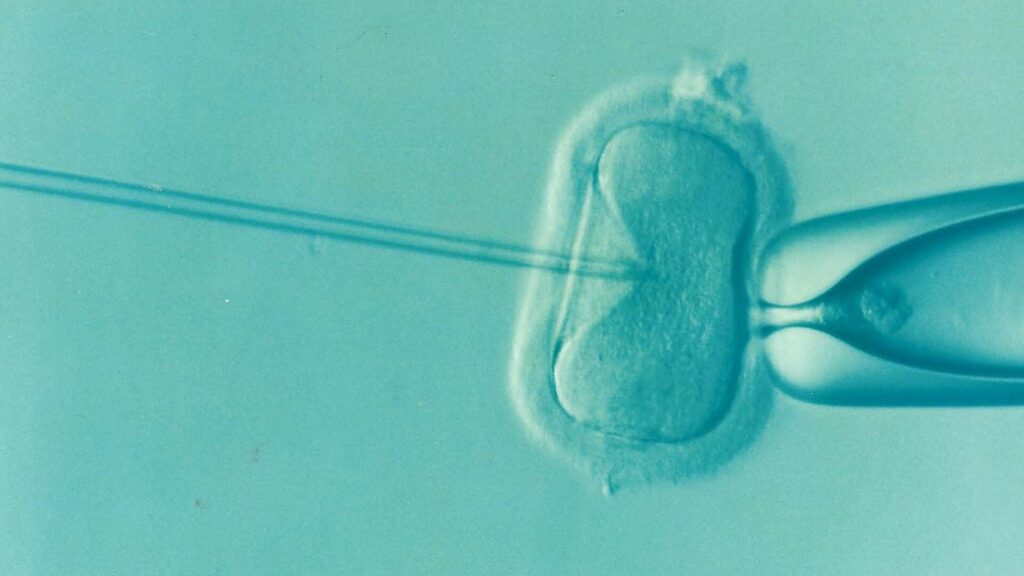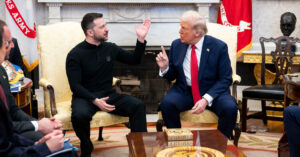
Last week, scientists in the United Kingdom announced the birth of eight healthy babies conceived using DNA from three individuals, a process some have dubbed “three-person IVF.” This groundbreaking technique involves combining the DNA from the egg and sperm of the intended parents with cells from a donor egg. Known as mitochondrial replacement therapy, this process aims to help women with specific genetic disorders conceive without passing on their conditions.
Despite the scientific excitement surrounding this development, it is unlikely to revolutionize family-building options for LGBTQ+ communities. The technology, while innovative, is primarily designed for medical purposes and not for broadening reproductive possibilities for all.
Understanding Mitochondrial Replacement Therapy
The United Kingdom became the first nation to legalize mitochondrial donation for three-person embryos in 2015. In contrast, many countries either ban or strictly regulate such procedures due to ethical and political concerns. In Australia, a phased introduction began in 2022, with initial clinical trials focusing on safety, effectiveness, and ethical guidelines.
These restrictions stem from worries about the use of human embryos in research, potential health impacts on children, and the broader implications of genetic modifications. Additionally, ethical debates arise over the concept of creating babies with “three parents,” although the donor contributes only a minuscule amount of DNA—approximately 0.1%—to the child, which does not affect physical characteristics.
“While it is significant that two women’s DNA has been used in creating an embryo, it doesn’t mean lesbian couples will be rushing to access this particular in vitro fertilization (IVF) technology.”
IVF and Rainbow Families
For many LGBTQ+ families, the path to parenthood involves navigating existing fertility options, which are often costly and invasive. Standard IVF procedures are already a financial and medical burden, and additional treatments marketed to enhance fertility can further increase expenses.
Lesbian couples and single women often utilize fertility services for donor sperm, but not all require IVF. Less invasive methods, such as intrauterine insemination (IUI), may suffice for those without fertility issues. Some same-sex couples prefer home-based insemination with a known donor, a more intimate and cost-effective option.
Recently, “reciprocal” IVF has gained popularity among lesbian couples, allowing one partner to provide the egg while the other carries the pregnancy. This method offers both partners a biological connection to the child, potentially reducing stigma against non-birth mothers.
The Broader LGBTQ+ Parenting Landscape
According to the 2021 census, 17% of same-sex couples in Australia have children, with the figure rising to 28% among female couples. These numbers likely underestimate the reality, as the census only counts cohabiting couples. LGBTQ+ individuals become parents through various means, including donor sperm or eggs, surrogacy, and traditional conception.
Trans and non-binary individuals increasingly choose to carry pregnancies, and single LGBTQ+ parents often use donors or fertility services. Adoption, while legally available, remains uncommon, though many LGBTQ+ individuals participate in fostering.
When donating eggs or sperm, some LGBTQ+ people maintain a role in the child’s life as a family friend or co-parent, emphasizing that connection and care, rather than DNA, define parenthood.
Implications of Mitochondrial Replacement Therapy
While mitochondrial replacement therapy marks a significant advance in genetic technology, it is unlikely to create new parenting pathways for LGBTQ+ individuals in Australia. The LGBTQ+ community has long championed the importance of families formed by choice rather than biology or technological availability.
“Decades of research now shows children raised by same-sex couples do just as well as any other child. What matters is parents’ consistency, love, and quality of care.”
This article is republished from The Conversation under a Creative Commons license. Read the original article.







